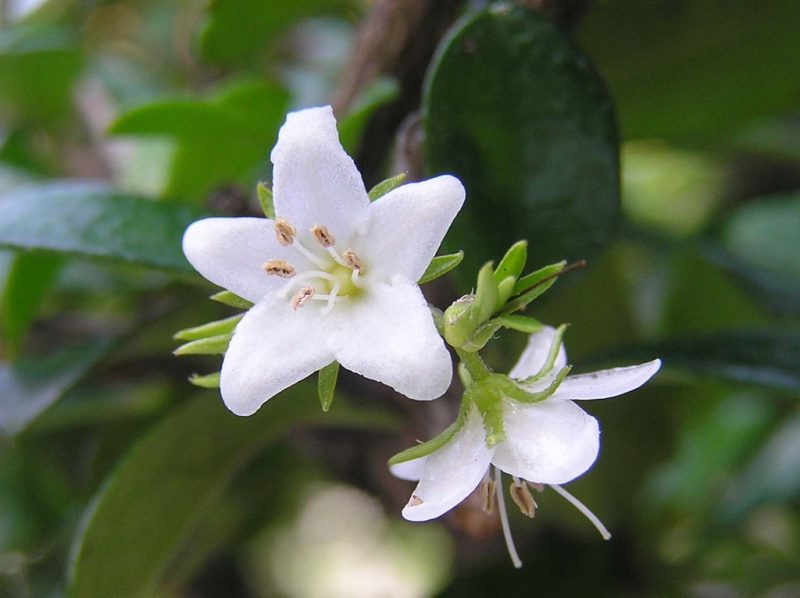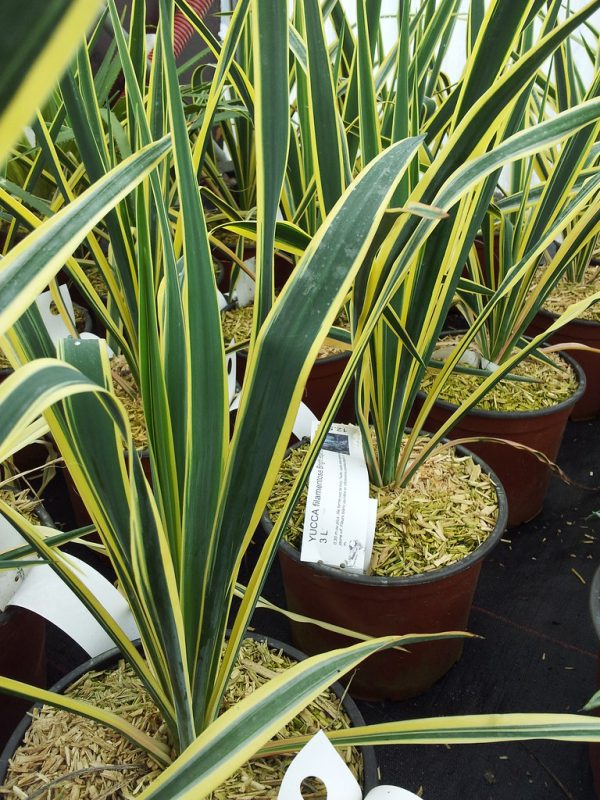Japan is renowned for its unique flora that reflects both the natural beauty and cultural heritage of the country. Many of these plants thrive indoors, offering not only aesthetic appeal but also benefits such as air purification and enhanced well-being. If you’re interested in enhancing your indoor environment with greenery that has Japanese roots, this guide highlights remarkable plants that will bring a touch of Japan into your home.
Japanese Maple (Acer palmatum)

The Japanese Maple is a beloved tree in Japan, characterized by its delicate, deeply lobed leaves that change colors vibrantly throughout the seasons. While it is traditionally grown outdoors, many smaller varieties can be cultivated indoors in a pot. The stunning shades of red, orange, and yellow in the fall make it a popular choice for bonsai enthusiasts as well. Providing adequate light and protecting it from extreme temperatures are essential for keeping this plant healthy.
Fukien Tea (Carmona microphylla)

Fukien Tea is a popular bonsai species valued for its small, glossy leaves and charming appearance. This evergreen shrub is native to Vietnam and Southern China but has also become associated with Japanese cultivation practices. It produces small white flowers and berries, adding to its ornamental charm. This plant prefers bright, indirect light and moderate humidity, making it an excellent choice for indoor settings.
Sago Palm (Cycas revoluta)

Though not a true palm, the Sago Palm is a cycad that resembles a palm tree and has historical importance in Japanese culture. This plant boasts stiff, fern-like leaves, and while it can adapt to indoor living, it requires bright light to flourish. The slow-growing Sago Palm is often used in traditional Japanese gardens, making it an intriguing choice for houseplant enthusiasts looking to connect with Japanese aesthetics.
Japanese Fern (Filix-femina)

Japanese Fern is a lush, beautiful plant that adds a classic touch to any indoor space. This plant thrives in shaded areas and prefers a moist environment, making it ideal for bathrooms or kitchens. The feathery fronds of the Japanese Fern can create a serene atmosphere, evoking the tranquility of a Japanese forest.
Camellia (Camellia japonica)

Camellias are striking flowering plants that are highly regarded in Japanese culture, particularly for their beautiful blooms that appear from winter to spring. With glossy leaves and lovely flowers, they can brighten any indoor space. Camellias prefer bright, indirect sunlight and should be watered regularly, allowing the soil to dry slightly between watering. Caring for a Camellia can be rewarding, especially when you witness its vibrant flowers.
Bamboo (Bambusoideae)

Bamboo is more than just a versatile building material; it’s an iconic symbol of Japanese culture and aesthetics. Indoor varieties of bamboo can thrive well in pots, especially when placed in bright, indirect light. Bamboo grows quickly, creating a tropical feel in your home. It’s also associated with good luck and peace, making it a popular choice for interior decor.
Japanese Zelkova (Zelkova serrata)

The Japanese Zelkova is a deciduous tree that is admired for its unique, serrated leaves and attractive bark that peels away in thin strips. This tree can be grown as a bonsai, making it suitable for indoor gardens. While it requires significant sunlight and space, a Zelkova bonsai can be a stunning focal point in your home.
Kokedama Moss Ball
Kokedama is a unique Japanese technique where a plant is grown in a moss ball, creating a stunning living sculpture. Many plants can be adapted to this style, including ferns, succulents, or even flowers. Kokedama adds a touch of Japanese art to any indoor space. This method encourages creativity, allowing individuals to personalize their indoor greenery.
Hoya (Hoya spp.)

Also known as wax plants, Hoyas are popular houseplants that bloom with star-shaped flowers. Various Hoya species can be found in Japan and make for excellent indoor plants. They thrive in bright sunlight and require minimal care, making them ideal for busy lifestyles. Their unique leaves and fragrant flowers can liven up any interior space.
Japanese Orchid (Dendrobium)

The Japanese Orchid, particularly the Dendrobium, is known for its beautiful and fragrant flowers. Orchids are popular houseplants because of their exotic beauty, and with proper care, they can thrive indoors. They prefer bright, indirect light and should be watered when the potting medium is nearly dry. The delicate flowers provide a touch of elegance, evoking the beauty of Japanese floral arrangements.
Snake Plant (Sansevieria trifasciata)

Though not native to Japan, the Snake Plant is commonly used in Japanese-inspired homes due to its striking appearance and hardy nature. It features tall, sword-like leaves with a unique striped pattern that adds a modern touch to any indoor space. Snake Plants thrive on neglect, requiring minimal watering and tolerating low light conditions. Their air-purifying abilities make them a popular choice for improving indoor air quality.
Japanese Tea Plant (Camellia sinensis)

The Japanese Tea Plant is essential for producing the green tea that is so deeply woven into Japan’s culture. Growing it indoors allows tea enthusiasts to witness the entire lifecycle of the plant. With smaller leaves, it can also serve as a unique ornamental option. This plant requires bright, indirect sunlight and moderate watering to keep the leaves lush and green. For tea lovers, even just the knowledge of having this plant at home fuels a deeper appreciation for the drink.
Pachira Aquatica (Money Tree)

The Money Tree has significant associations in Asian cultures as a symbol of good luck and prosperity. Its braided trunk is a common sight in Japanese offices and homes. This plant thrives indoors, favoring bright but indirect sunlight. It’s essential to let the soil dry between waterings. Money Trees are resilient, making them an easy-care plant while adding a lively aesthetic that has positive connotations.
Azalea (Rhododendron spp.)

Japanese Azaleas are celebrated for their beautiful flowers, particularly during the blooming season in spring. They can grow well indoors when provided with the right conditions, including bright light and acidic soil. Their vibrant blooms and lush foliage make them an attractive addition to any home. These plants require regular watering to maintain humidity and support healthy growth, allowing for bursts of color even during the cooler months.
Japanese Yucca (Yucca filamentosa)
The Japanese Yucca, known for its sculptural form and long arching leaves, is another attractive option for indoor gardening. While not native to Japan, it is often included in Japanese landscapes for its dramatic presence. It thrives in bright light and requires little water, making it an excellent choice for those who prefer low-maintenance plants. The unique shape of the leaves complements modern decor and brings a sense of tranquility to your living space.
Kinmokusei (Osmanthus fragrans)

Known for its fragrant flowers, Kinmokusei is a popular plant in Japan. It produces small, aromatic orange blossoms in the fall, and while it typically grows outdoors, it can also be enjoyed indoors if given ample light and proper care. Its delightful scent can fill an entire room, creating an inviting atmosphere. Kinmokusei requires well-draining soil and regular watering to thrive.
Serissa (Serissa foetida)
Known as the “Tree of a Thousand Stars,” Serissa is celebrated for its small white flowers that bloom profusely, especially in late spring. This plant is often grown as a bonsai and adds a delicate touch to indoor spaces. Serissa prefers bright light and should be watered regularly to prevent the soil from drying out completely. Its cultural significance in Japan enhances its allure for enthusiasts of bonsai gardening or those who appreciate flowering houseplants.
Houseleek (Sempervivum)

Houseleeks are resilient succulents that thrive in various conditions, making them a great choice for beginners. Native to mountainous regions, they are often grown in Japanese gardens for their unique rosette form and drought resistance. Indoor varieties can be planted in pots filled with well-draining soil and positioned in sunny spots. Their low-maintenance nature and interesting shapes make them an attractive option for those looking to introduce Japanese aesthetics into their homes.
Primula (Primula obconica)

Japanese Primula, commonly referred to as Primrose, is cherished for its colorful, cheerful blossoms during the spring months. These perennial flowers can thrive indoors, especially in bright, indirect light. They prefer moist soil, and their vibrant flowers bring joy and warmth to any indoor space. Planting Primula adds a seasonal touch that reflects Japan’s appreciation for natural beauty and change.
Conclusion
Integrating indoor plants native to or associated with Japan into your living space can foster a peaceful and serene environment that resonates with the culture’s deep appreciation for nature. From the delicate blooms of Camellias to the sculptural elegance of Japanese Maples, these plants not only beautify your home but also enhance your overall well-being.








